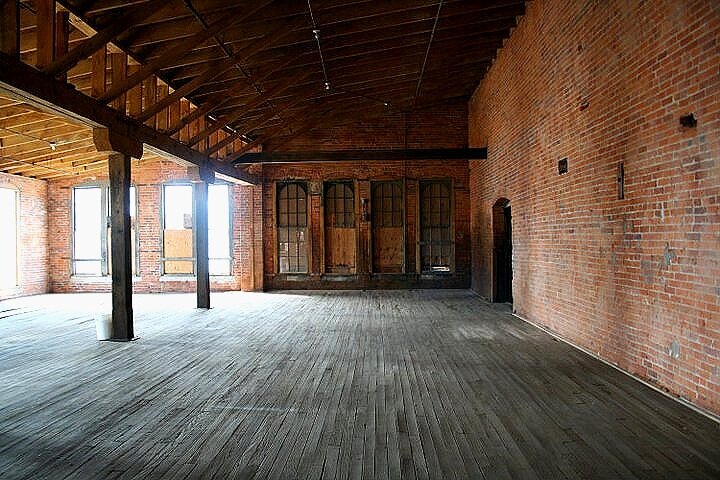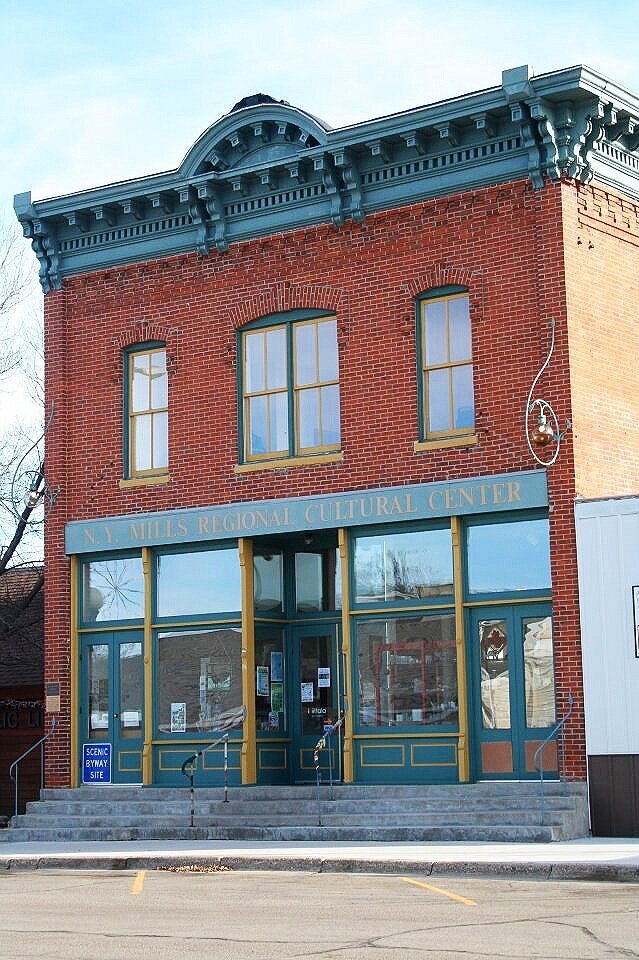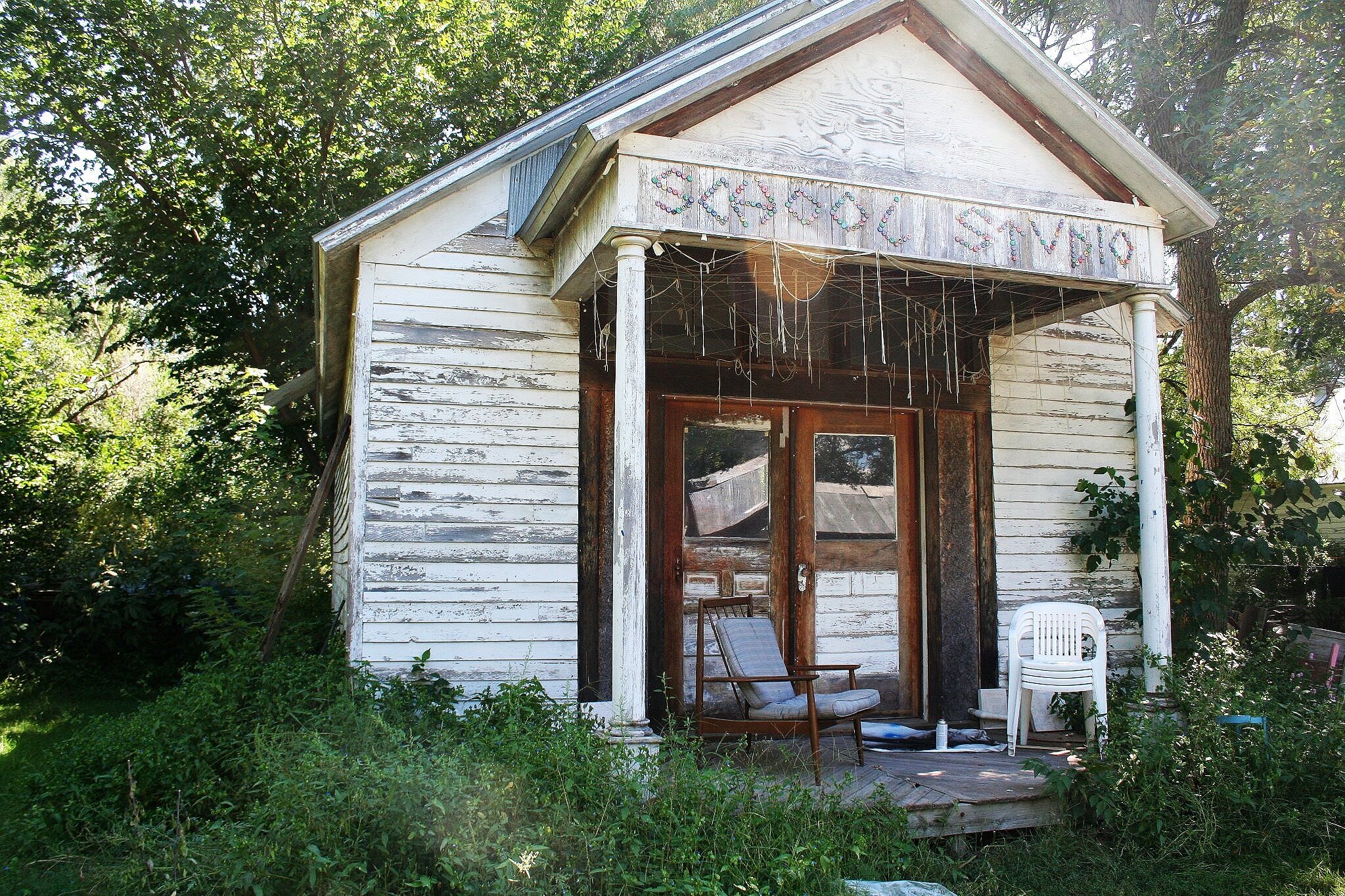Artist in Residence Programs: Filed under Future Community Art Toolkit Ideas
AIR Farmhouse at Whiterock Conservancy, Coon Rapids, Iowa.
As an artist, I love participating in artist-in-residence (AIR) programs SO.MUCH. They combine two of my favorite pastimes: making art and travel. Over the years, I’ve spent time in rural Vermont; spent six weeks in an old rope factory in Peoria, Illinois: eight weeks on a farm in the middle of Nebraska; a month in New York Mills, Minnesota; a month in Truth or Consequences, New Mexico; and I’ve created a couple of AIRs for myself in Mississippi, which is a whole nother blog post. I now find myself in a large farmhouse at Whiterock Conservancy, a 5500-acre non-profit land trust that balances sustainable agriculture, natural resource protection and public recreation on the landscape. About a year ago, the Conservancy opened their doors to artists and scientists as a way to reach new audiences.
The Range of Artist-in-Residence Programs
AIR programs operate along a spectrum. On one end, old-school elite residency programs house, feed, and provide artists with private studio space for an extended period of time. Sometimes with a stipend. The idea is to allow artists the mental and physical space to have creative breakthroughs without the distraction of obligations that occur in real-life. An added bonus is professional networking. The other end is more of a community engagement model. Artists dig into their new community in a variety of ways. The artist is encouraged, and in some cases required, to collaborate with the community in creating an artwork, a program, or a policy change. There are artists working with the Department of Transportation in Los Angeles and Washington state; artists working with the City of Saint Paul in the City Artists Program; artists working in rural communities such as Granite Falls, Minnesota; and artists working with Southwest MN Housing Partnership, among many others.
Hinge Arts at the Kirkbride, Fergus Falls, Minnesota.
How Artist-in-Residence Programs Can Benefit Communities
As a community arts nerd, I believe AIRs can benefit communities even more than they artists they serve. One recent example comes from the Walker Art Center in Minneapolis. Jordan Weber, a Des Moines-based artist, activist, and 2019 Walker AIR, has designed Prototype for poetry vs rhetoric (deep roots), a land revitalization project for a former vacant lot in North Minneapolis, an area that has a long history of environmental and social justice activism. According to ArtForum magazine, Weber “participated in various meetings and local events with artists, activists, residents, and organizations to assess the local community’s needs. As a result, the project will feature fresh pollution-mitigating plants, which will filter storm water runoff from nearby industrial sites; areas for the planting and cultivating of fresh produce, which will be made available to residents; and a community gathering table that will serve as a space for reflection, meditation, and respite…and will be designed to look like a basketball court. Two metal hoop sculptures by Weber will be positioned at both ends of the urban farm and will function as instruments to collect rainwater.”
Site plans for Jordan Weber’s Prototype for poetry vs rhetoric (deep roots). Courtesy of Aune Fernandez Landscape Architects.
Long story short, if you’re an artist reading this, apply for an AIR. And if you’re a civic leader, or part of a community organization, you may consider the benefit of inviting a local artist to be a part of what you’re doing. Or you could invite a non-local artist to live in your community for bit. We creatives thrive on transforming a set of challenges into a new possibility. Our brains are wired to see potential, to see something better.






